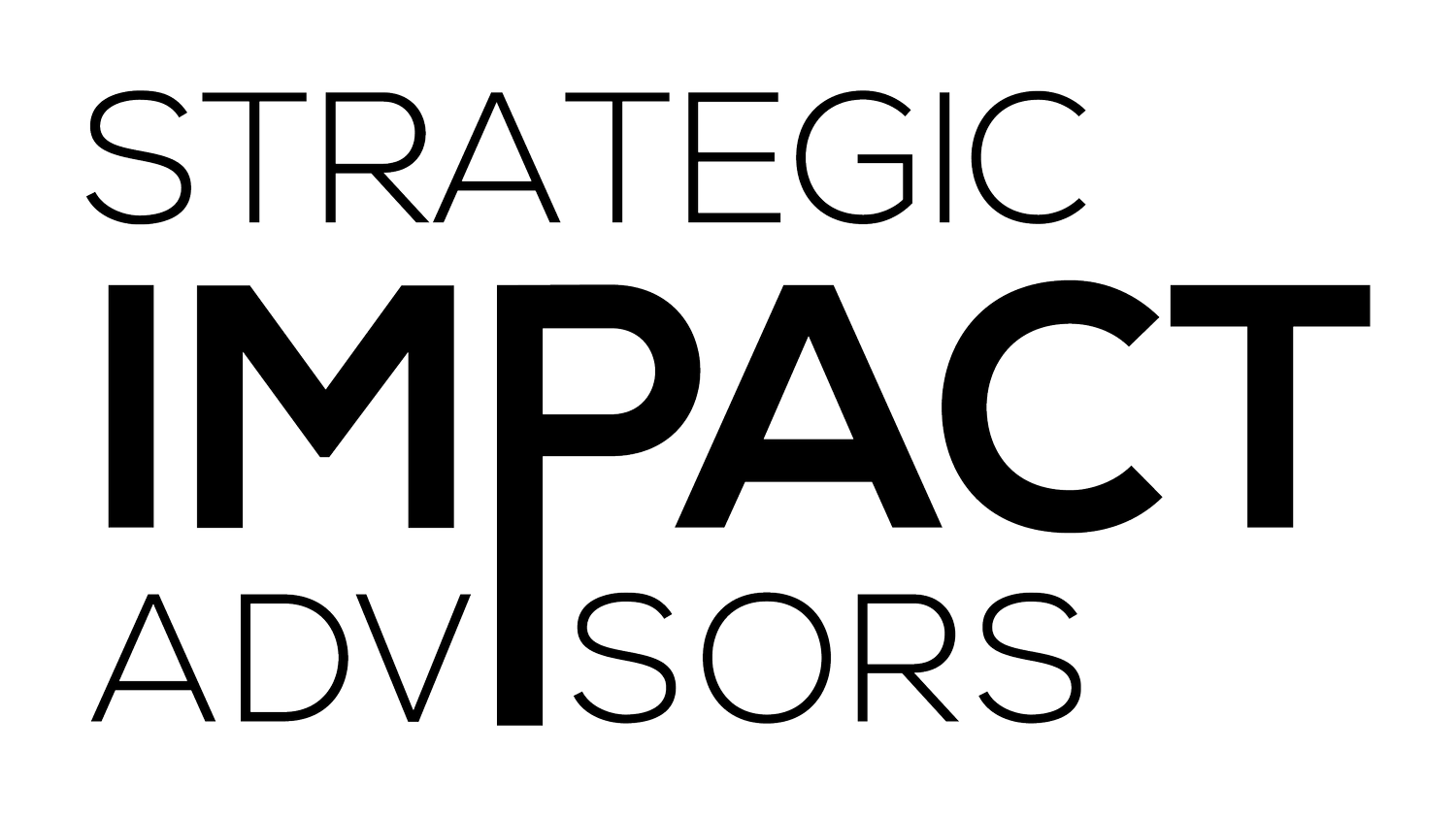Insights on G2P payments in Papua, Indonesia
Many Papuans are eligible for social assistance in the form of government-to-person (G2P) payments because the poverty levels in Papua and Papua Barat are among the highest in the country.
However, disbursing these payments is difficult, costly and time-consuming. Recent developments in technology and regulatory environments in Indonesia mean that G2P payments could potentially be delivered using locally-based agents and low-cost payment instruments such as electronic money or branchless banking.
Our team members recently contributed to the development of a new TNP2K Working Paper that provides a snapshot of current payment practices in 18 subdistricts in Papua and Papua Barat that have varying degrees of accessibility. Research reveals that beneficiaries are interested in and willing to try alternative payment mechanisms and focuses on payments made from the Conditional Cash Transfer Programme for Poor Families (PKH) and the Cash Transfers for Poor Students programme (BSM) but also looked at other payment streams, including salaries for the civil servants and teachers living in the subdistricts studied.
Research shows that the costs of traveling to reach current payment points and the time this takes are major challenges for beneficiaries of these programmes and this situation could be alleviated if alternative payments channels were possible. The research presents a cost–benefit model that suggests potential pricing models for different payment locations. However, before these alternative payment channels can be introduced, Papua and Papua Barat need to have reliable power, transport and communications infrastructures throughout the subdistricts and this remains a major obstacle. Until this issue can be tackled, some areas will need to continue using existing payment methods for the foreseeable future.
